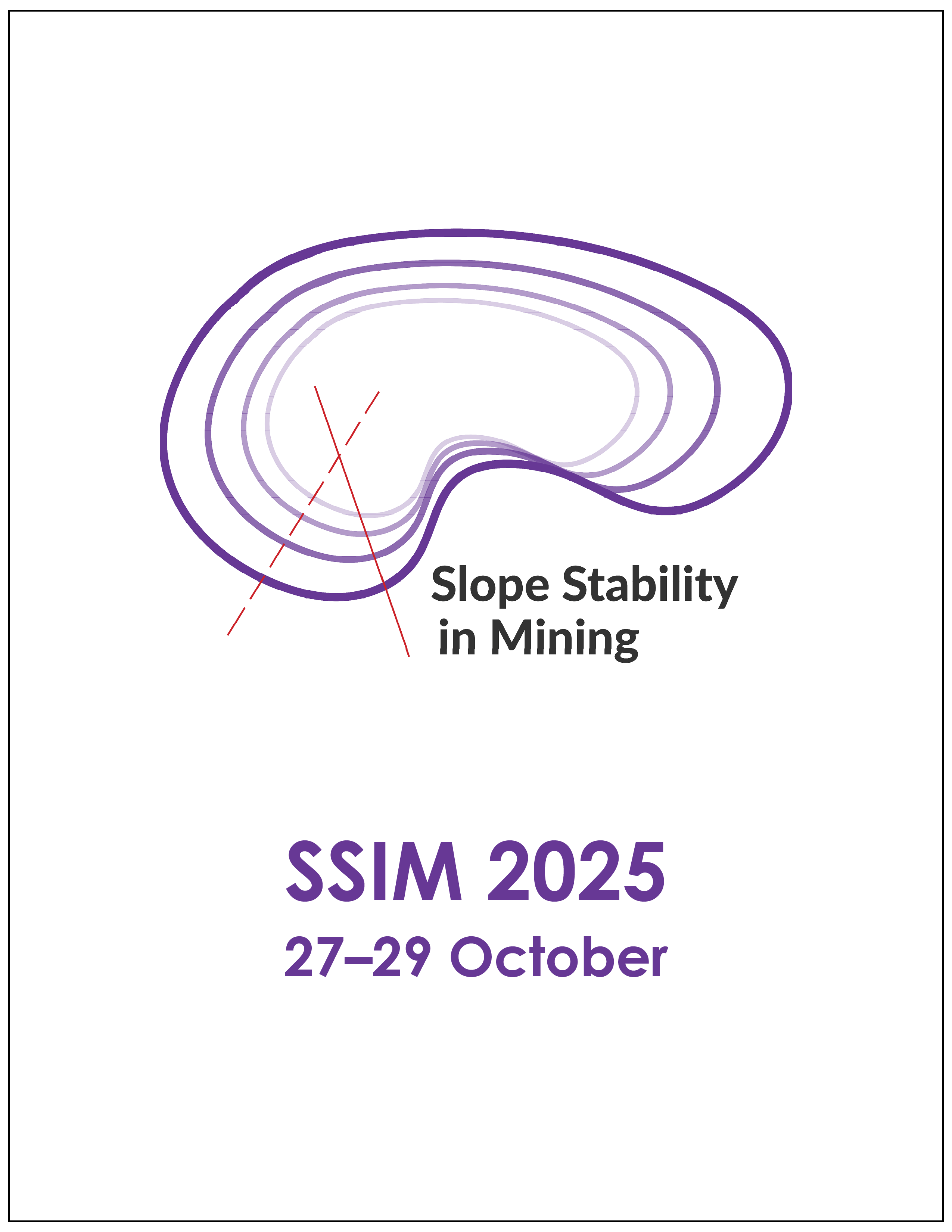The effect of advanced analytics on remote sensing products: improving user experience and mitigating risk in mining operations

|
Authors: Albiol, D; Lluch, Joana; Amherdt, S; Devanthery, N; Camafort, M |
DOI https://doi.org/10.36487/ACG_repo/2535_14
Cite As:
Albiol, D, Lluch, Joana, Amherdt, S, Devanthery, N & Camafort, M 2025, 'The effect of advanced analytics on remote sensing products: improving user experience and mitigating risk in mining operations', in JJ Potter & J Wesseloo (eds), SSIM 2025: Fourth International Slope Stability in Mining Conference, Australian Centre for Geomechanics, Perth, https://doi.org/10.36487/ACG_repo/2535_14
Abstract:
Satellite remote sensing techniques use sensors aboard satellites to provide global coverage for monitoring entire mining areas, serving as an effective tool for analysing data at both local and regional scales at a lower cost compared to traditional in situ methods. In this article we present added value products that can be used to anticipate and mitigate potential failures that could damage the environment or interrupt the mining operations. Synthetic aperture radar sensors allow measuring surface displacement with high level of spatial detail and can be integrated with information coming from ground sensors to get a unified view of ground displacement. These sensors provide deformation measurements with millimetric precision across the mine, including waste dumps, open pits, tailings dams, and infrastructure. Different deformation phenomena such as settlement, slope instability or subsidence can affect those areas, and all of them can be monitored through interferometric synthetic aperture radar (InSAR) technology. We demonstrate how to add value by applying specific algorithms and AI to deformation time series, providing enhanced layers of insight. These include, alert systems, based on three main indicators to guide onsite personnel to inspect and analyse the areas with major risk, and optical and multispectral sensors derived data, which can be used to delimit the areas with liquid content inside the tailings storage facilities (TSF). This latter service allows estimation of the pond size by providing the percentage of the area covered by liquid and the minimum distance to all the TSF walls. Those parameters must be monitored in some countries to comply with government regulations. The advanced products support mining operations in decision-making for daily tasks and planning. Delivered at different frequencies during the monitoring period, these products can be customised to the project’s needs. Along with accumulated deformation measurements, they provide valuable insights to anticipate failures, cracks, slope instabilities, and geotechnical discontinuities.
Keywords: InSAR, satellite remote sensing, surface deformation monitoring, tailings storage facilities, mining risk mitigation
References:
Bamler, R & Hartl, P 1998, ‘Synthetic aperture radar interferometry’, Inverse Problems, vol. 14, no. 4, pp. R1–R54.
Ferretti, A, Prati, C & Rocca, F 2000, ‘Nonlinear subsidence rate estimation using permanent scatterers in differential SAR interferometry’, IEEE Transactions on Geoscience and Remote Sensing, vol. 38, no. 5, pp. 2202–2212.
McFeeters, SK 1996, ‘The use of the Normalized Difference Water Index (NDWI) in the delineation of open water features’, International Journal of Remote Sensing, vol. 17, no.7, pp. 1425–1432.
© Copyright 2025, Australian Centre for Geomechanics (ACG), The University of Western Australia. All rights reserved.
View copyright/legal information
Please direct any queries or error reports to repository-acg@uwa.edu.au
View copyright/legal information
Please direct any queries or error reports to repository-acg@uwa.edu.au

